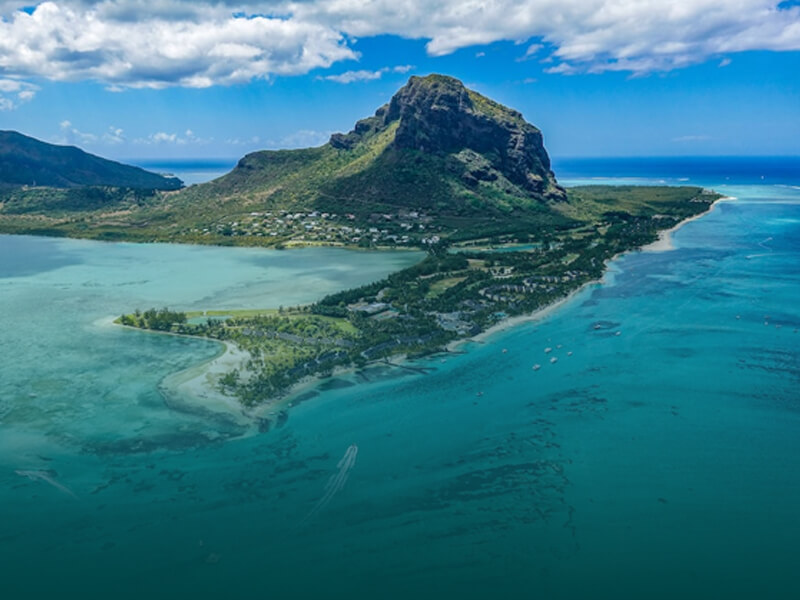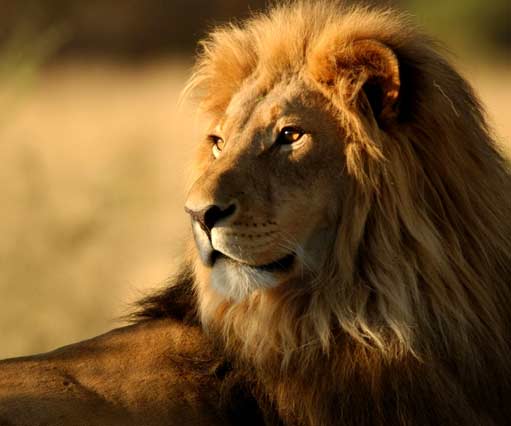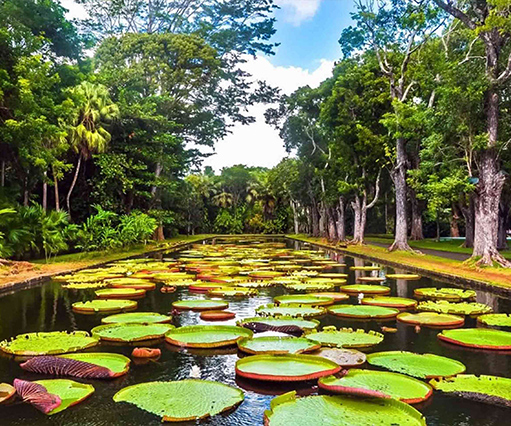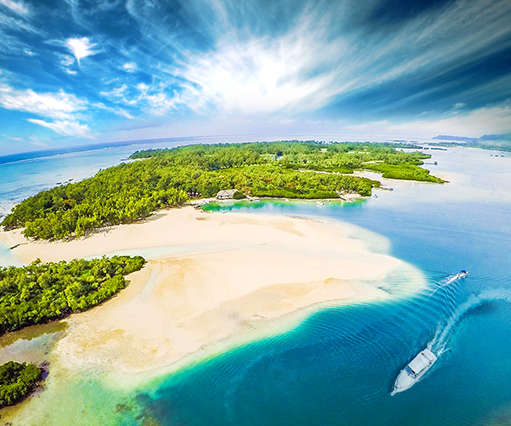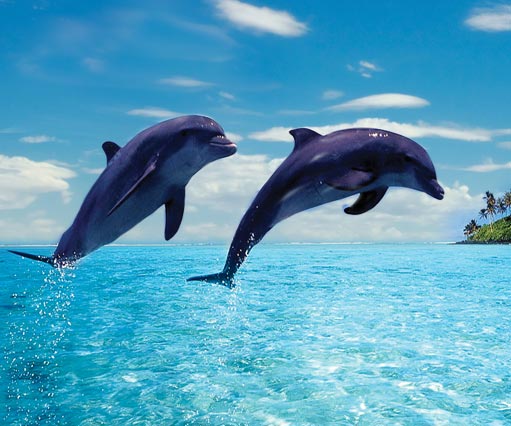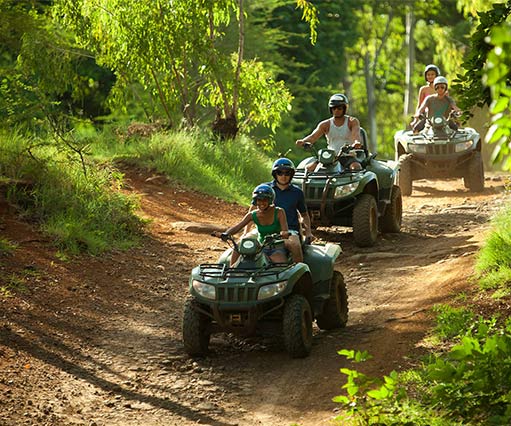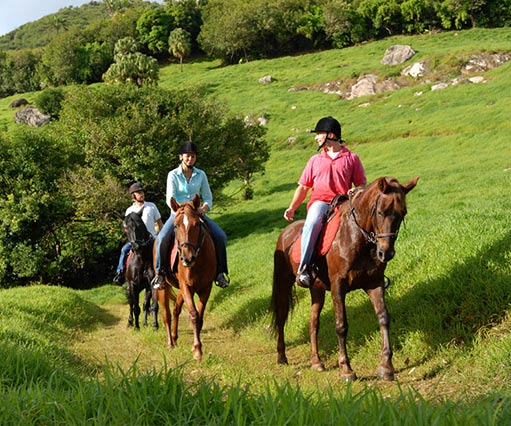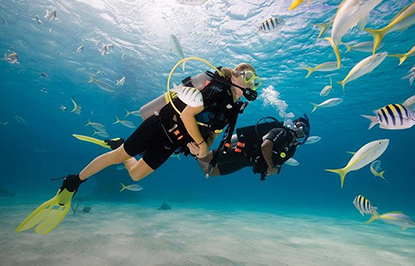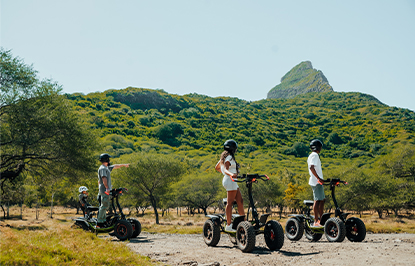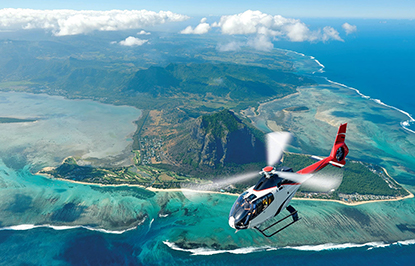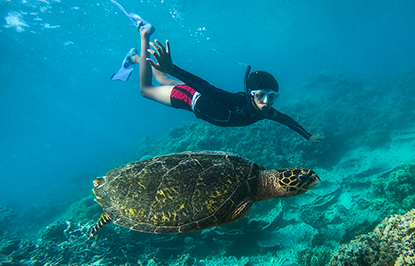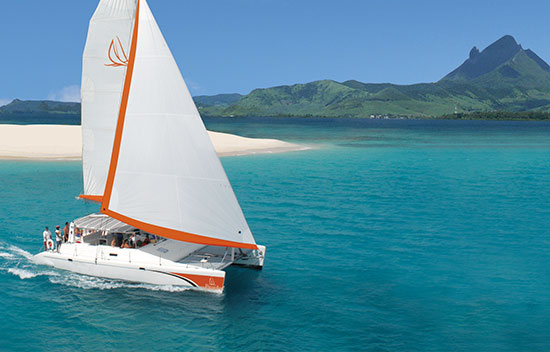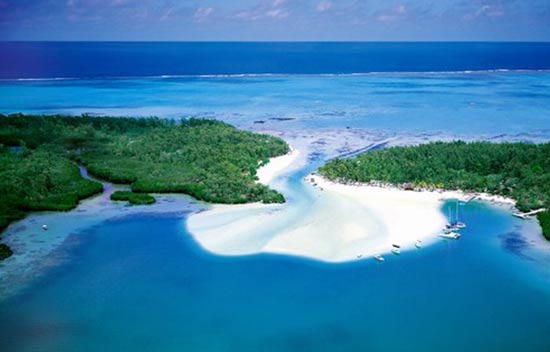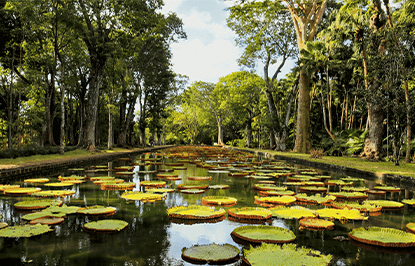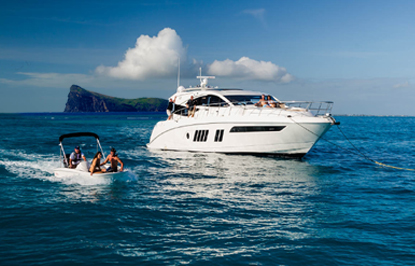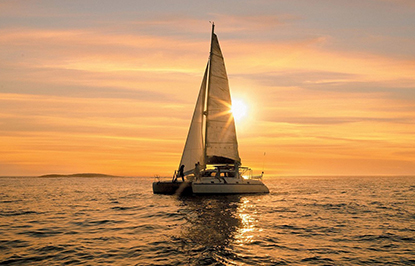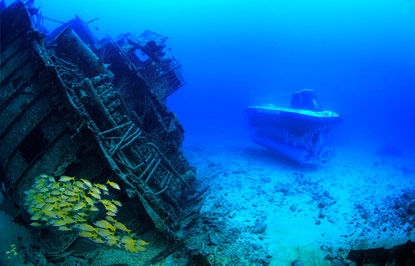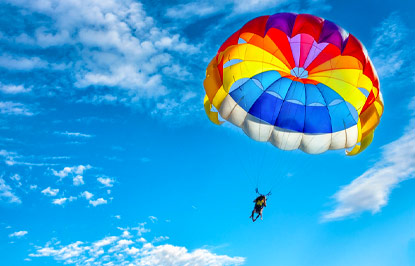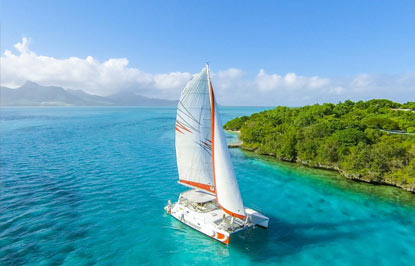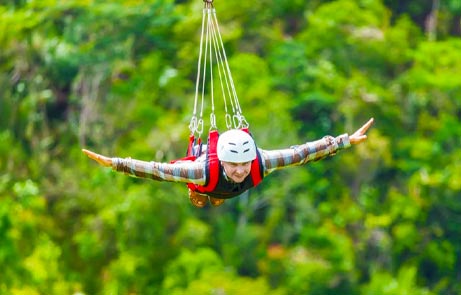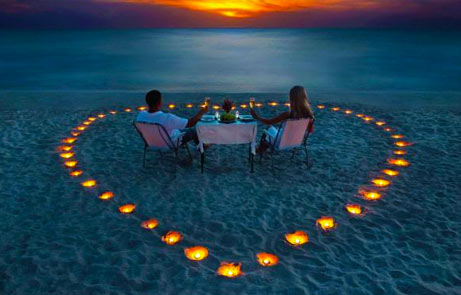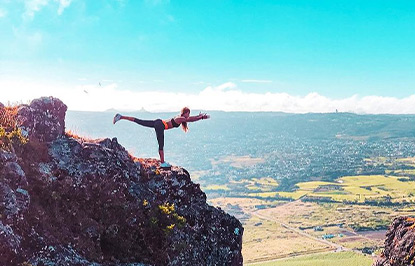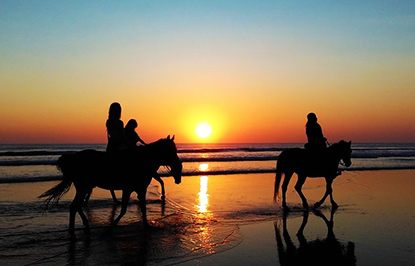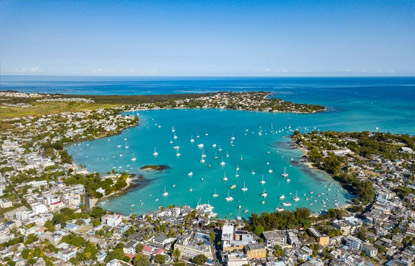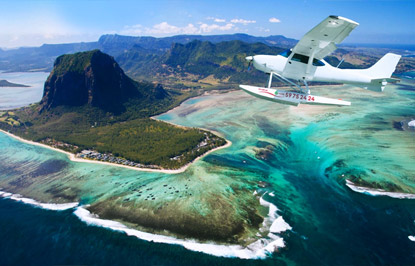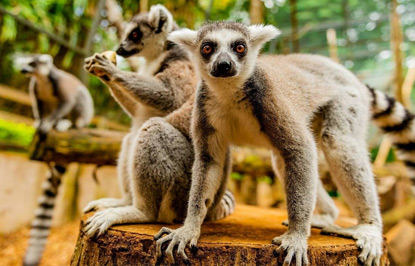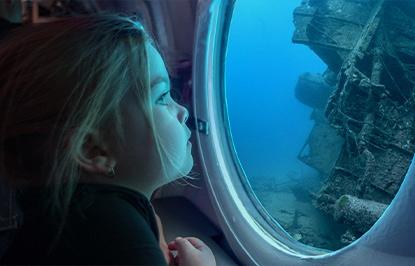Holi - Le Festival des Couleurs à l'île Maurice
Holi, également appelée le « Festival des Couleurs », est une grande fête hindoue célébrée aux quatre coins du monde. Elle a lieu chaque année lors de la pleine lune du mois de Phalguna, marquant ainsi l'arrivée du printemps. À l'île Maurice, la communauté indo-mauricienne célèbre cette occasion avec enthousiasme, comme elle le fait pour les autres grandes festivités hindoues.
Ce festival s'étend sur deux jours en mars. Il débute par le Holika Dahan, un grand feu de joie allumé en soirée, et se poursuit le lendemain matin avec des festivités hautes en couleur.
.jpg)
À l’approche de Holi, tous les marchés locaux de l'île Maurice s’animent et proposent tout le nécessaire pour les festivités, notamment des poudres colorées organiques. Le premier jour, familles et amis se préparent pour l’Holika Dahan, une célébration marquée par un feu de joie, rythmé par des musiques folkloriques, des danses et des spécialités culinaires locales. Le tout se déroule dans une ambiance festive, symbole de joie et de renouveau spirituel.
Bien que le lendemain de Holi ne soit pas un jour férié, les Mauriciens prolongent la fête à travers divers événements organisés dans les parcs, les hôtels et sur les plages.
Signification de Holi
Holi symbolise l'arrivée du printemps et la victoire du bien sur le mal, une signification renforcée par la légende d'Holika. D’après la mythologie hindoue, Holika, la sœur maléfique du roi-démon Hiranyakashipu, aurait péri dans les flammes alors qu'elle tentait de faire disparaître son neveu, le dévot Prahlada. Aujourd'hui, cette tradition est perpétuée par le Holika Dahan en brûlant des effigies de paille et de bambou représentant Holika.
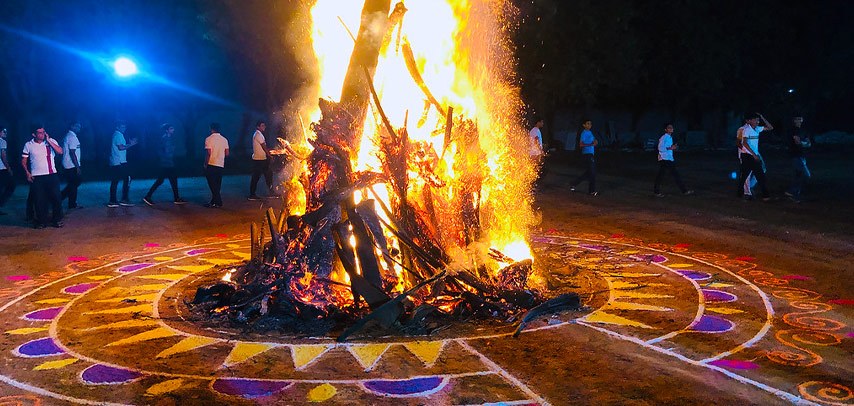
Les Couleurs de Holi
À l'île Maurice, Holi est célébrée par presque tout le monde, quelle que soit la religion. Toute personne se trouvant dans un espace ouvert est concernée, mais seules les couleurs sèches sont utilisées à l'intérieur des bâtiments ou dans les embrasures de porte. Traditionnellement, les couleurs utilisées étaient plus douces et fabriquées à partir de pigments naturels extraits de plantes. Aujourd’hui, elles ont laissé place aux teintes vives, comme le rose éclatant et le jaune fluo, principalement fabriquées à partir de pigments commerciaux à base d’eau.
Les marchés et les magasins se parent des couleurs de l'arc-en-ciel durant la semaine précédant le festival, annonçant l'exubérance à venir. Le matin de Holi, les participants se lancent des poignées de gulal (poudres colorées éclatantes) et s'aspergent mutuellement avec des jets d'eau appelés pichkaris, réalisés à partir de tiges de bambou locales.
.jpg)
Les Délices de Holi
Aucune fête n'est complète sans ses mets traditionnels, et Holi ne fait pas exception. Parmi, le « gujiya », une sorte de boulette à base de farine de semoule grillée dans du ghee et farcie d'une combinaison de noix, de fruits secs grillés, de noix de coco et de khoya, un produit laitier semblable à la ricotta, est un délice particulièrement apprécié à Holi. Les sucreries sont consommées en sirotant du Bhang, un mélange de lait froid, d'amandes et d'épices.
Autre tradition bien ancrée : les chants festifs rythmés par les tambours et les cymbales. En fin de journée, après une bonne douche pour se débarrasser des couleurs, l'ambiance laisse place à un moment de partage et de fraternité entre proches.
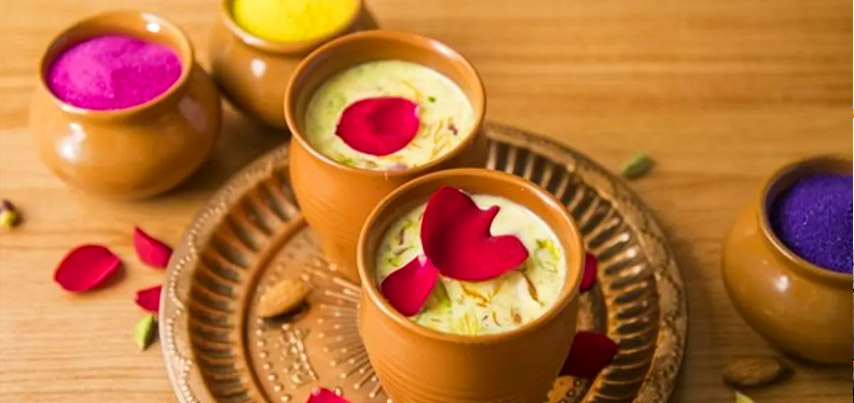
Why You Should Experience Holi in Mauritius
Holi est sans conteste l'un des événements les plus vibrants et joyeux de l'Île Maurice. Pour une immersion totale dans cette explosion de couleurs et de culture, il n'y a rien de mieux que de planifier son séjour à Maurice pendant cette période et de célébrer aux côtés des habitants.














